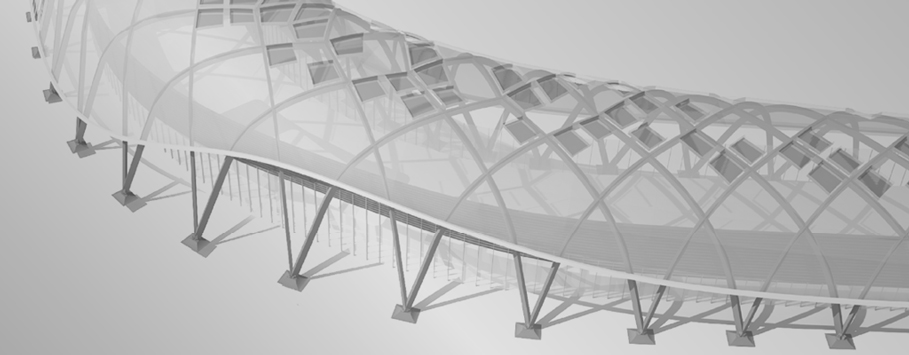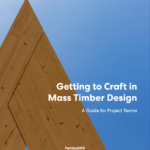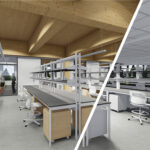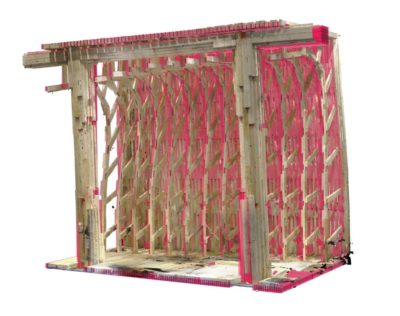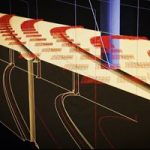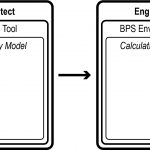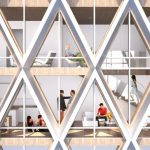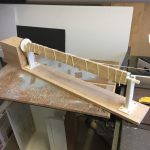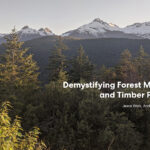
The first step to understanding the regenerative potential of mass timber involves assessing the lumber supply chain and forestry best management practices. This paper explores these topics, beginning with an overview of the carbon cycle of wood products and the role designers play in protecting the earth’s resources through material selection. While sourcing sustainable mass... Read more »

